The trade relationship between the United States and India came under renewed focus this week as former President Donald Trump sharply criticized what he described as a long-standing imbalance between the two nations. At the same time, senior U.S. officials signaled confidence that the Supreme Court would uphold the administration’s tariff strategy, even as legal challenges continue to unfold.
Trump’s remarks on trade with India
In a series of posts on Monday, Trump characterized the U.S.-India trading arrangement as “one-sided” and “a disaster.” He argued that India exports substantial volumes of goods to the United States, while American companies face significant barriers in accessing the Indian market.
“They sell us significant amounts of goods, their biggest client, but we sell them very little — until now a totally one-sided relationship, and it has been for many decades,” Trump wrote.
The comments reflect longstanding concerns raised by multiple U.S. administrations regarding market access restrictions and high tariffs in India, which Washington argues have limited the growth of bilateral trade. Trump also noted that India’s energy and defense purchases are concentrated in suppliers outside the United States, further intensifying the imbalance.
Broader geopolitical shifts
The timing of Trump’s remarks coincides with Indian Prime Minister Narendra Modi’s efforts to expand partnerships with a range of global players. By engaging in strategic forums and dialogues with countries such as China, India is signaling that it will pursue a diversified approach to international relations rather than rely too heavily on a single partner.
Analysts suggest that this strategy underscores India’s determination to maintain its trade and foreign policy independence, especially in sectors such as agriculture and energy, which New Delhi has consistently shielded from external demands.
U.S. legal battle over tariffs
While political commentary dominates the headlines, the future of Trump’s tariff policies lies partly in the hands of the courts. U.S. Treasury Secretary Scott Bessent told Reuters on Monday that he is confident the Supreme Court will uphold the administration’s use of a 1977 emergency law as the legal foundation for imposing broad-based tariffs.
Bessent said he is preparing a legal brief for the solicitor general that emphasizes the need to address persistent trade imbalances and to strengthen tools against illicit trade flows. He noted, however, that the administration has contingency plans if the Court rules otherwise.
The Supreme Court case follows a federal appeals court ruling last week that deemed most of Trump’s tariffs unlawful, reaffirming an earlier decision by the Court of International Trade. The appeals panel concluded that Trump exceeded his authority by invoking emergency powers to impose sweeping trade measures.
Despite this, the judges allowed the tariffs to remain in place while the case proceeds, leaving global markets in a state of uncertainty.
Administration response and global reactions
U.S. Trade Representative Jamieson Greer stated on Sunday that the administration is continuing discussions with trade partners despite the court’s decision. “The conversations are active, and we remain committed to finding constructive outcomes with our counterparts,” he said.
Trump, for his part, responded defiantly, declaring on Truth Social that “ALL TARIFFS ARE STILL IN EFFECT!” He criticized the judiciary as “highly partisan” but expressed confidence that the Supreme Court would support his approach. “With the help of the United States Supreme Court, we will use [tariffs] to benefit our nation,” he added.
Meanwhile, international responses to U.S. tariff actions continue to evolve. In South America, Brazilian President Luiz Inácio Lula da Silva authorized retaliatory tariffs in response to the U.S. measures but signaled that negotiations remain possible. “Brazil will defend its industries, but we are also open to dialogue,” Lula said.
In North America, Mexico announced that it plans to raise tariffs on a range of Chinese imports in its 2026 budget. The move is aimed at protecting domestic manufacturers and responding to U.S. concerns over low-cost Chinese goods entering Mexico before reaching the American market.
Looking ahead
The combination of Trump’s rhetoric, the ongoing court battle, and varied international reactions highlights the complex environment surrounding global trade. For India, the debate underscores the importance of protecting its domestic priorities while navigating relations with major powers. For the U.S., the legal and diplomatic challenges suggest that tariff policy will remain a central — and contentious — element of its international economic strategy.
As the Supreme Court prepares to weigh in, businesses, investors, and policymakers worldwide are watching closely to see how the outcome could reshape not only U.S.-India trade relations but also broader global supply chain dynamics.
#SupplyChainNews #TradePolicies #GlobalEconomy #TariffsAndDuties #NewsUpdate

















